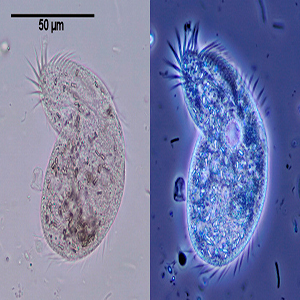

Some of the illuminating light is scattered by the specimen (yellow). The ring-shaped illuminating light (green) that passes the condenser annulus is focused on the specimen by the condenser. The basic principle to make phase changes visible in phase-contrast microscopy is to separate the illuminating (background) light from the specimen-scattered light (which makes up the foreground details) and to manipulate these differently. Yet, phase changes often convey important information.ĭark field and phase contrast microscopies operating principle Without special arrangements, phase changes are therefore invisible. Photographic equipment and the human eye are only sensitive to amplitude variations. Changes in amplitude (brightness) arise from the scattering and absorption of light, which is often wavelength-dependent and may give rise to colors. When light waves travel through a medium other than a vacuum, interaction with the medium causes the wave amplitude and phase to change in a manner dependent on properties of the medium. Phase shifts themselves are invisible, but become visible when shown as brightness variations. Phase-contrast microscopy (PCM) is an optical microscopy technique that converts phase shifts in light passing through a transparent specimen to brightness changes in the image.

Microscopic observation of unstained biological materialĭifferential interference contrast microscopy, Hoffman modulation-contrast microscopy, Quantitative phase-contrast microscopy


 0 kommentar(er)
0 kommentar(er)
